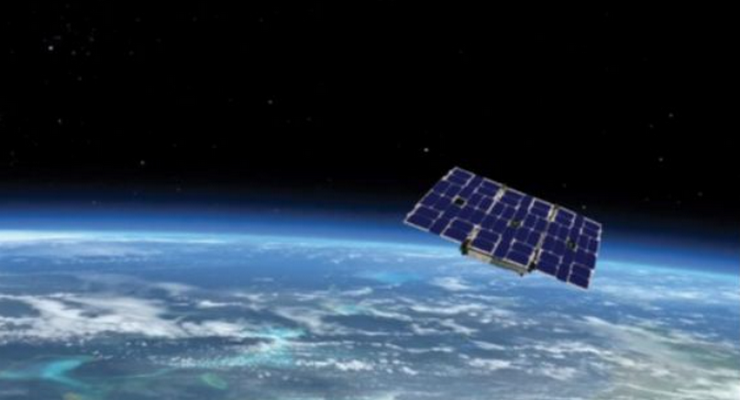
A space technology company in Pasadena that already operates a system of Earth-studying satellites has announced its next generation ‘orbiting observatory’ satellite constellation, meant to provide scientists with precise measurements of our planet’s surface, water, atmosphere and interior.
GeoOptics Inc. on Thursday revealed plans to build the new satellite constellation, dubbed CICERO-2, which will help researchers closely track changes with unmatched precision, the company said in a written statement.
“With launches beginning next year, CICERO-2 will form a unified Earth observatory allowing governments, industry, and individual stakeholders to monitor and prepare for the many impacts of climate change,” the statement said.
The system will be used by scientists, governments and others around the globe, according to the company.
“In today’s environment, in which precision Earth sensing is becoming ever more critical, GeoOptics is deploying a flexible observatory made up of dozens of small satellites,” company CEO Alexz Saltman said. “The real-time services will satisfy a broad range of needs for government and civil users around the world.”
Once in orbit, the satellites will take advantage of a host of cutting-edge instruments to measure global precipitation, representatives said.
It will also use “Advanced GNSS Reflectometry” to study features on the Earth’s surface, from ocean winds to soil moisture, according to GeoOptics.
“NASA’s recent CYGNSS mission demonstrated the broad utility of the GNSS-R technique. GeoOptics is working with JPL to deploy an advanced operational version, offering dramatically enhanced performance in a small, low-cost package,” the statement said. “This collaboration is funded jointly by GeoOptics, the U.S. Air Force, and NASA.”
“First proposed by company founder Tom Yunck while he was at JPL, GNSS-RO offers unrivaled measurement precision and is an essential contributor to global weather forecasting,” according to the statement. “The CICERO-2 satellites will yield three times the data volume of their predecessors and many times the volume of any other commercial GNSS-RO satellites.”
Additional capabilities are to be added to the system over time, including instruments to precisely map Earth’s gravitational field.
“With internal investment and nearly $4 million from NASA, GeoOptics has devised a unique system architecture for daily gravity mapping with clusters of small satellites,” according to the company statement. “This patented technique promises to improve gravity sensing 20-fold over current methods at a fraction of the cost.”
GeoOptics also plans to work with the National Oceanographic Partnership Program to design a new type of radar sensor, further improving data over the coming years, company representatives said.
“These advanced remote sensing applications — from basic RO to advanced radar and gravity mapping — exploit shared micro technologies that fit in the palm of one’s hand,” Yunck said. “Each new function builds naturally upon the previous, yielding prodigious observing capacity in a low-cost system of great simplicity and reliability.”
More information on GeoOptics is available on the company’s website at geooptics.com.














 0 comments
0 comments


